Farm Bureau energy program can help with significant savings
Save on on utility bills and learn more about energy efficiency and renewable energy incentives also available.
Read MoreAfter the dust literally settled in the aftermath of the train derailment incident, Farm Bureau and partners went to work on how best to get producers the answers they needed to the most important questions – the health, safety and welfare of their animals, their crops, their farms and of course their families.
It was a brisk and beautiful night in early February when Kevin Baker, owner of Baker’s Golden Dairy, went out to the barn to take care of his cows.
As their feed was mixing, the seasoned dairyman recalled leaning back in his tractor seat, looking up at the stars and thinking what a cold, clear night it was. Then suddenly, out of seemingly nowhere, there was a ground-shaking explosion that shattered the still, dark sky, momentarily changing its color to fire orange.
Stunned as he looked east, Baker called his wife and told her he thought a bomb had been dropped on East Palestine, Ohio, five miles away. Then he watched as a large plume of black smoke emerged from the wreckage, throwing chaos into the formerly quiet night. Within moments sirens were heard coming from everywhere.
The Norfolk Southern derailment dominated news cycles for days after 38 cars on a freight train, 11 of them carrying hazardous materials, derailed in rural Columbiana County near the Ohio and Pennsylvania state line in northeast Ohio.
The few days that followed were nerve wracking, as evacuation orders were issued within a mile of the derailment, while shelter-in-place was the order for folks one to five miles away. A controlled detonation of the remaining toxic materials commenced three days after the initial derailment.
The community was on edge, and the national news media was on 24-hour watch in the little village of less than 5,000 residents.
And Columbiana County Farm Bureau member Baker still had to take care of his cows.
In the immediate moments after the derailment happened there were challenges farmers in the area faced that others did not. For example, one farmer had livestock across the track that needed to be moved but he couldn’t get to them. There were soil, water, crop and livestock health worries to deal with, on top of personal concerns for general welfare.
Ohio Farm Bureau, OSU Extension in Columbiana County and the county’s Soil & Water Conservation District sprung into action in several different ways.
Pete Conkle, district program coordinator with Columbiana Soil & Water Conservation District added that crisis training just took over when the derailment happened.
“You lean into that training,” he said. “You prioritize for things such as how to move livestock. You come in with a calm plan of action.”
The days and weeks after the train derailment were filled with uncertainty, and the impact that had on area farmers was profound. It was critical for them to know as soon as possible if the impact of the event would be temporarily or permanently detrimental to their livelihood.
In March, Nick Kennedy, Ohio Farm Bureau senior organization director for Columbiana, Mahoning, Portage and Stark counties, along with Conkle, Columbiana County OSU Extension Educator Haley Shoemaker and other local industry partners communicated with local, state and federal authorities to listen to farmers about the need for water and soil testing, as well as their significant concerns about market share loss based on consumer perception and the upcoming planting season.
What resulted was a meeting of farmers with representatives from the Ohio Department of Agriculture, including Director Brian Baldridge, scientists from Ohio State University and representatives from Ohio and U.S. Environmental Protection Agencies, Soil & Water Conservation and the U.S. Department of Agriculture.
It was the first of many such meetings held this past year, and it kicked off a spring and summer of soil testing, water testing, and plant and animal tissue testing pertinent to the farming community. It also began a dialogue that established trust between all parties that the most accurate information would be documented and passed along to farmers and consumers.
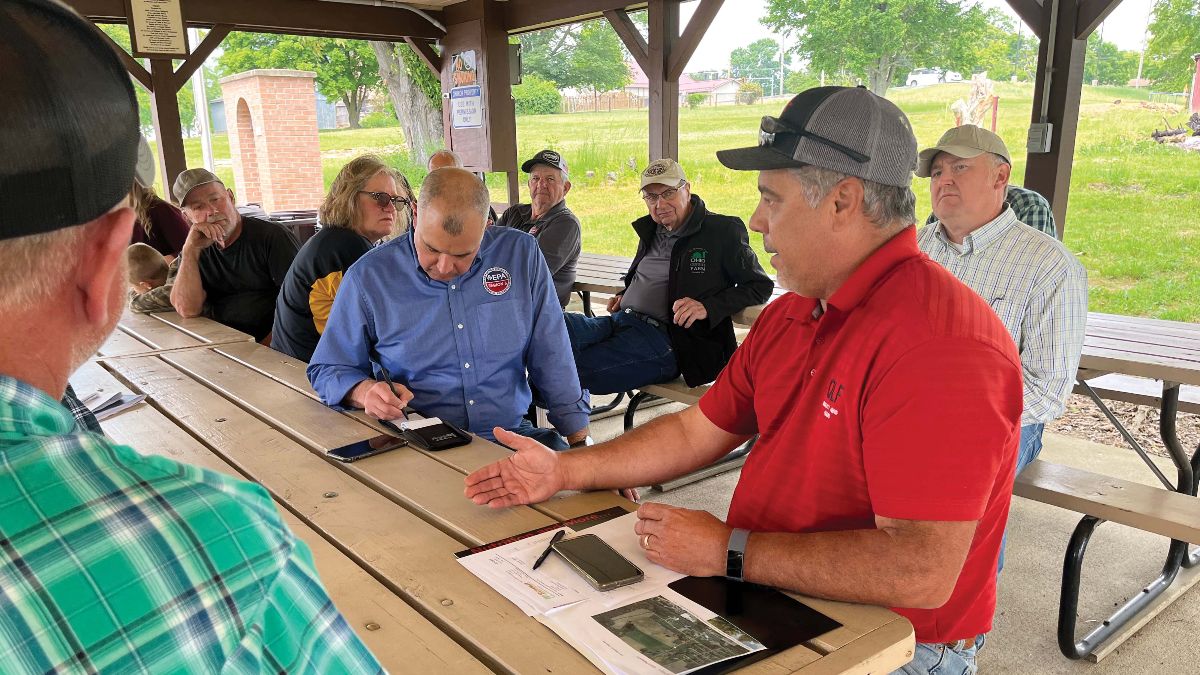
After the dust literally settled in the aftermath of the incident, Farm Bureau and partners went to work on how best to get producers the answers they needed to the most important questions – the health, safety and welfare of their animals, their crops, their farms and of course their families.
“Perception is the problem,” Kennedy said. “We needed to arm producers with the data they needed for consumers.”
Farmers needed to be confident that they could tell their direct-to-consumer customers and their end-user clients that what was coming off their farms was not contaminated, was safe to purchase and was still a high quality product.
After a spring and summer full of plant tissue testing, soil testing, and animal testing on farms around the derailment site, individual producers were armed with data specific to their farm that they could share with customers if they chose to do so.
Melissa Smith, who owns 1820 Co. in East Palestine and has family farming ties, has been very impressed with the overall response to the disaster and the work done since.
“All the groups have been responsive and communicating,” she said. “Once the ball got rolling and we found out what we really needed to do, I was genuinely impressed and became very optimistic.”
Baker continues to take care of his cows and sell Baker’s Golden Dairy signature flavored milk at both his farm market and direct-to-consumer, while continuing to serve the local community.
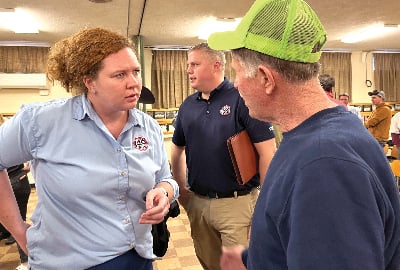
The dairy supplied whole and chocolate milk through June to the Second Harvest Food Bank in Youngstown, delivering more than 38,000 half gallons through the Ohio Association of Food Banks. In late June, the dairy hosted its breakfast on the farm and served over 825 visitors that morning. Proceeds from that event benefited New Waterford and Negley Fire Departments.
“The derailment was a great test for East Palestine, the county, our tri-state area and agriculture. The strength of our industry, our county citizens and leadership, and Farm Bureau came together in a time when people needed support,” said Danielle Burch of Columbiana County, District 9 Ohio Farm Bureau state trustee. “We pressed for answers and, thanks to the efforts of Nick, Haley, Pete, Commissioner Weigle and our EMA director Peggy Clark, and many more, testing was created to ensure the safety of our great area. And moreover, we are still here, watching and working for the future, not just of agriculture, but for the whole of the area.”
Featured photo: Kevin Baker and his grandson, Jett, show US EPA Region 5 Administrator Debra Shore around the farm this summer. Baker’s Golden Dairy is five miles from East Palestine.


Save on on utility bills and learn more about energy efficiency and renewable energy incentives also available.
Read More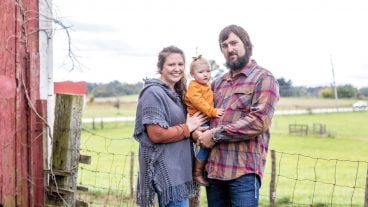
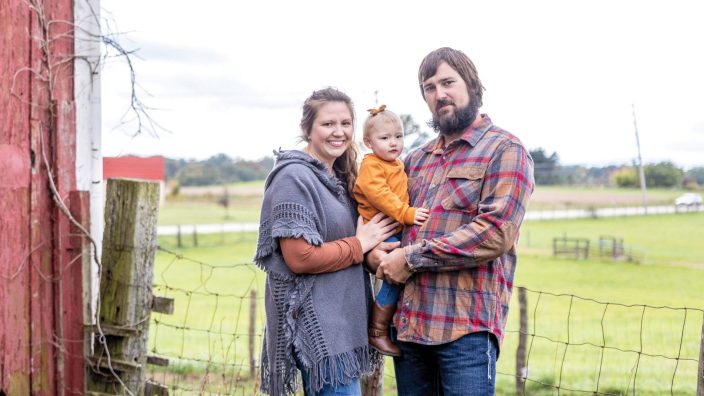
When Christopher and Courtney Anderson asked to get married on a neighbor’s idyllic farm in Portage County, they were overjoyed…
Read More

Ohio Farm Bureau is creating reasources to keep members competitive, innovative and on the road to success.
Read More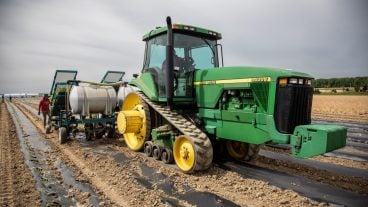
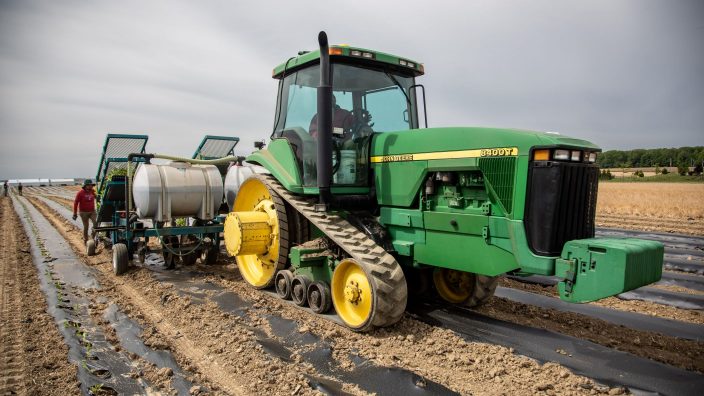
The IRS tax code Section 179 deduction is a way to reduce the total cost of new equipment and machinery by enabling the buyer to claim full depreciation in year one.
Read More

The Buckeye Agricultural Leadership Pathways program considers leadership experiences gained through FFA, Ohio 4-H, and skills acquired through farming experiences as part of the college application.
Read More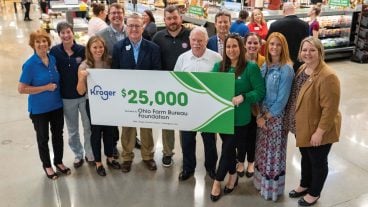
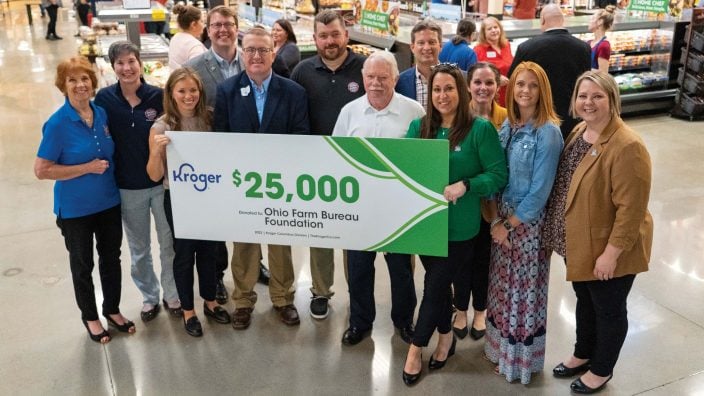
Ohio Farm Bureau Foundation board member Roger Nicol speaks about ‘paying it forward’ through the work of the foundation.
Read More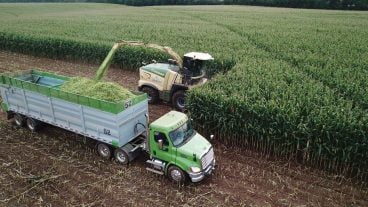
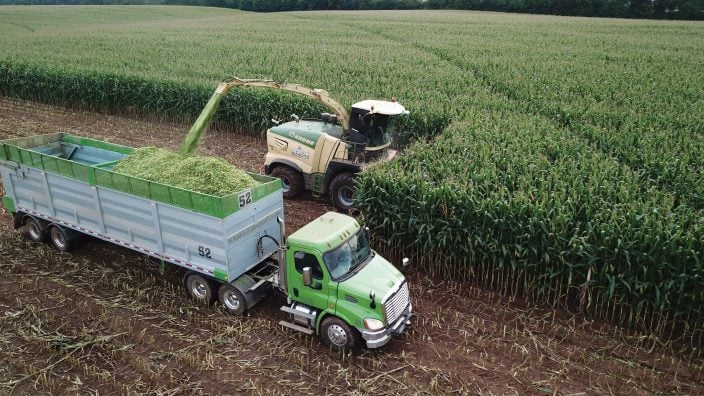
To manage the risks of their business, Orrson Custom Farming follows strict safety protocols, provides ongoing training for crew members and keeps insurance coverage updated.
Read More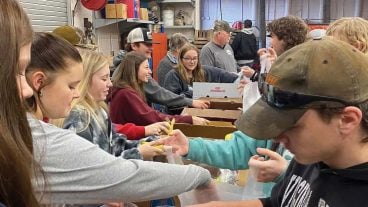
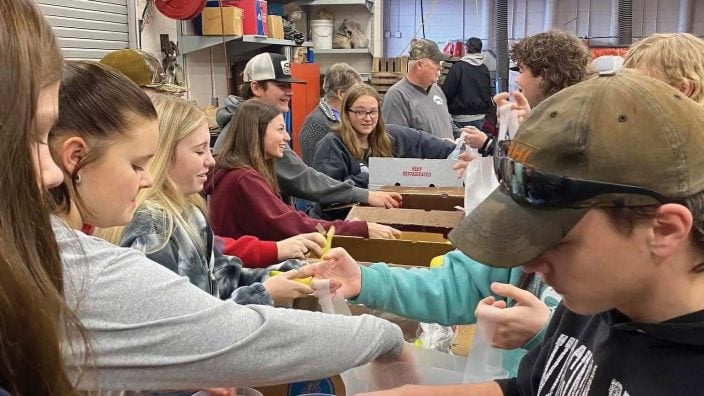
The fruit basket delivery program launched by the Morgan Misfits youth council 30 years ago still brightens the holidays for seniors in Morgan County.
Read More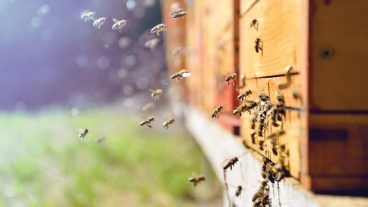
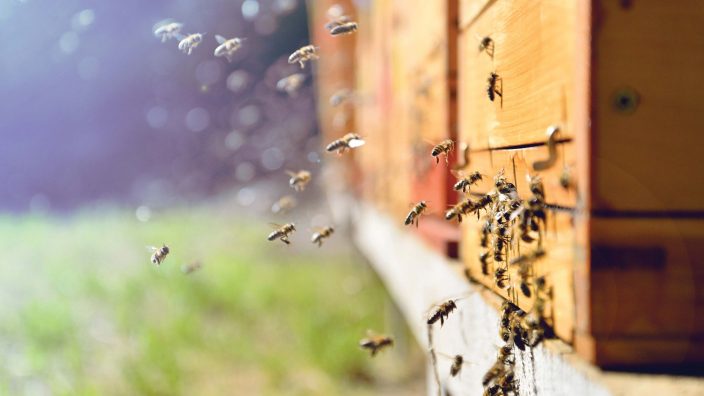
Beekeepers need to be very clear about the goals of their business endeavors with all parties, including their insurance agent, no matter how big or small the bee farm is.
Read More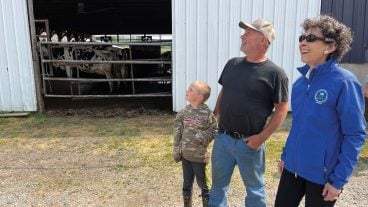
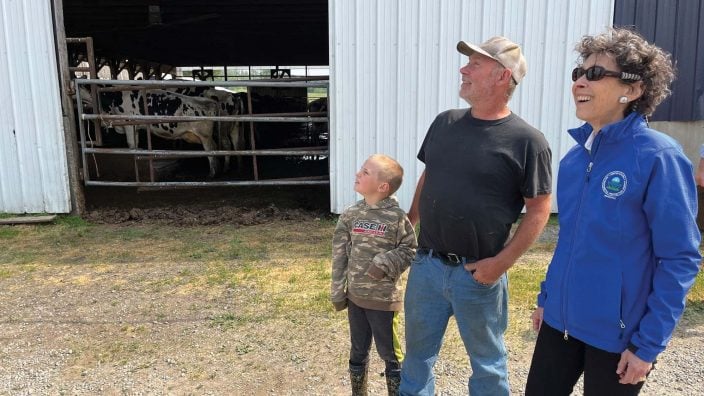
How Farm Bureau and partners went to work to get producers the answers they needed in regard to the health, safety and welfare of their animals, their crops, their farms and their families.
Read More